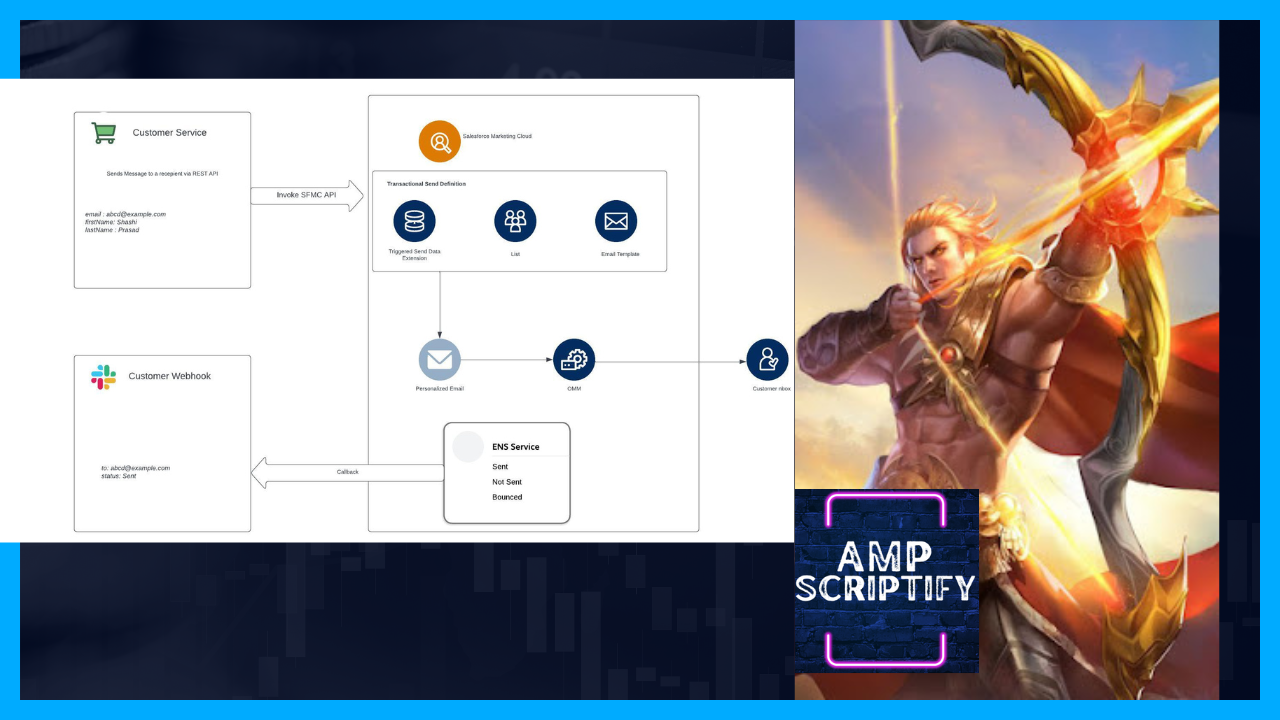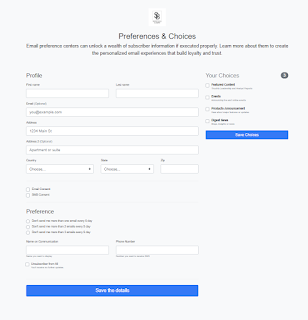Google Analytics Tracking :
GA tracking is used to track the performance of your marketing, content, products, and more,
Advantage :
1. Access Google's unique insights and machine learning capabilities to make the most of your data.
2. Analytics works with Google's advertising and publisher products, so you can use your insights to deliver business results.
How to set-up Google Analytics in marketing cloud ?
Follow these steps to set up the Google Analytics for Marketing Cloud.
- Set up a Google Analytics Integration User
- Link Google Analytics to Marketing Cloud
- Configure access to Google Analytics Views
- Set up Web URL Tracking Parameters
- Test the Integration
What is the difference between UA Tracking and GA4 tracking ?
UA Tracking only tracks Email and SMS in SFMC, whereas GA4 helps tracking supported mobile apps as well.
On July 1, 2023, standard Universal Analytics properties will no longer process data.
Setup GA account :
https://support.google.com/analytics/answer/10269537?hl=en
How to configure in SFMC :
https://help.salesforce.com/s/articleView?id=sf.mc_gai_utm_parameters.htm&type=5
How to set up GA4?
https://support.google.com/analytics/answer/10089681?hl=en
Migrate UA to G4 :







Comments
Post a Comment